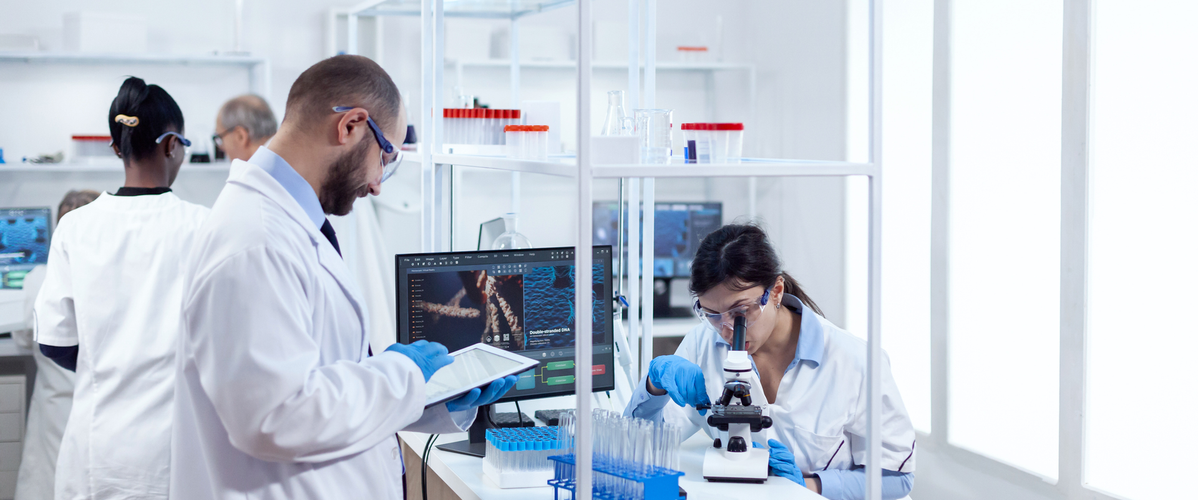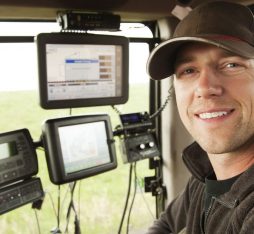• An interdisciplinary research team has highlighted the need to establish an ethical framework for this emerging technology, which takes into account its potential societal impacts and lays down rules future innovation — a measure made all the more urgent by the exploitation of animals involved in certain biohybrid robotics projects.
• They recommend the creation of an interdisciplinary body to investigate three categories of ethical questions raised by biohybrid robotics: questions on their interactivity with humans, on their integrability in humans (protheses, etc.), and, given that they comprise living tissue, on their moral status.
What do you think will be the future applications biohybrid robotics ?
Rafael Mestre. There will certainly be industrial applications, and we can also think of others, such as cleaning up the oceans with robots that can feed on nutrients available in the marine environment, or human enhancement with biohybrid prostheses. Then there are more futuristic applications such as the creation of humanoid robots designed for companionship, which are partly composed of living cells. So it’s important to start thinking now about how we are going to deal with and regulate this type of innovation. When you work on this type of technology, you don’t really know how it will evolve and what it will be capable of in the future. So we need to think ahead and talk to scientists in the field about the different possible scenarios and the ethical approaches we should adopt.
We need a roadmap to minimize possible risks that may arise
Biorobotics is still in its infancy. Why do we need to talk about ethics now?
Anibal Monasterio-Astobiza. Our research looks at different ethical theories and how they could apply to possible scenarios in biohybrid robotics, which potentially has many applications. For example, it could be used in medicine to deliver drugs to the body, or to combat climate change. We don’t aim to provide answers on how it should or should not be used, but to provide a roadmap to minimize possible risks that may arise. It is a field that should involve many players: we need biologists, technology creators, AI researchers, etc., to provide informed insights on how to create a technology that serves the common good in a political and philosophical sense. The goal is to provide researchers with an ethical compass. However, the difficulty we currently face is that this is an interdisciplinary field, and we need to create supervisory bodies that are capable of bringing all of the relevant disciplines together.
Another approach to biohybrid robotics directly makes use of animals…
Rafael Mestre. There is no real taxonomy, but broadly speaking there are two different approaches in biohybrid robotics: a bottom-up approach that makes use of cells that are grown in a laboratory from stem cells, and a top-down approach, which involves taking organisms or parts of organisms directly from the animal kingdom and adding artificial elements to them. This second approach is common in nanotechnologies and in traditional tissue engineering. It involves, for example, attaching microcontrollers to cockroaches so that you can pilot them remotely or give them new functionalities. It is also an approach that raises the question of the exploitation of living organisms that have been optimized by millions of years of evolution. And it’s clear that there are different cultural sensitivities when it comes to animal rights. Researchers also need to question the need for certain experiments: should they really take cells from live rats just to build a mini-robot? There have to be very good reasons for doing something like that, which is why we need to consult with the public, and with political authorities and regulatory bodies.
In your research paper, you talk about three categories of ethical issues raised by biohybrid robotics. What are they?
Anibal Monasterio-Astobiza. Researchers are involved, so by definition they are biased. We need to understand and prioritise ethical values around the use of biorobots in order to mitigate potential risks. To this end, we propose a governance structure that facilitates the democratic regulation and control of this new technology. We have classified the ethical issues into three categories:
- Interactivity: interactions between biorobots, humans, and the environment;
- integrability: assimilation of biorobots with human beings, for example, in vivo organs;
- ontological and moral status: the ethical implications if biorobots acquire moral status, for instance, through the development of consciousness.
Sources :
Ethics and responsibility in biohybrid robotics research (en anglais)
Read more :
Interdisciplinary Team Calls for Ethical Governance of Bio-Hybrid Robotics (en anglais)
 Rafael Mestre
Rafael Mestre
 Aníbal M. Astobiza
Aníbal M. Astobiza











